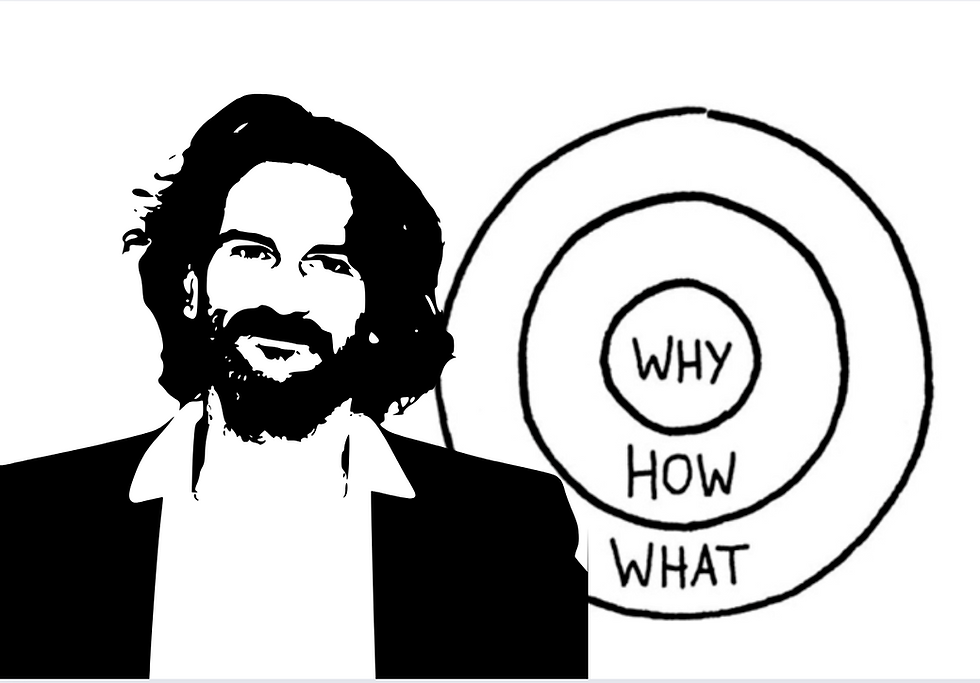The Invisible Marketing Paradox: Why the Most Successful Brands Sell Without Selling
- Eleonora Guido
- Jul 23
- 2 min read
We are bombarded by ads—everywhere. On social media, in videos, on the street, and even in our private messages.
"Buy now.""Limited offer.""Click to shop."
Call-to-actions flood our feeds with urgency. Yet the most successful brands seem to be doing the exact opposite.
Without shouting or chasing clicks, they create desire through subtlety and storytelling. This is the art of invisible marketing—a strategy so refined, it doesn't feel like marketing at all. And that’s precisely why it works.

1. The Power of Subtlety
Brands like Apple, Tesla, and Patagonia don’t aggressively push for a sale. Instead, they build ecosystems where customers want to belong. They don’t need to scream—they attract.
How?
By telling compelling stories
By standing for strong values
By positioning themselves in a way that feels anti-commercial
This paradox—appearing not to sell—makes them even more desirable.
2. Experience Before Promotion
Invisible marketing is rooted in a powerful principle: let people experience your brand before you try to sell it.
Some key examples:
Tesla doesn’t invest in traditional advertising. The product experience speaks so loudly that people can’t help but talk about it.
Patagonia actively discourages unnecessary consumption with messages like “Don’t buy this jacket”—strengthening its credibility and sustainability mission.
Starbucks sells more than coffee; it sells a “third place” between home and work—a lifestyle people want to be part of.
3. Organic Word-of-Mouth and the Tribe Effect
Invisible brands don’t scream—they whisper to their most loyal fans. These fans then amplify the message organically. It’s the essence of tribal marketing: turning your community into your marketing engine.
Real-world examples:
Illy built a premium brand image through quality, design, and immersive experiences.
Ferrari fuels a sense of exclusivity with storytelling and limited access—creating emotional ownership.
Barilla evokes deep cultural identity by associating itself with Italian tradition and emotional storytelling.
4. Content Over Advertising
Another core principle: content replaces traditional advertising.
These brands invest in media, not just marketing:
Red Bull doesn’t just sell energy drinks—it’s a full-fledged content powerhouse, producing extreme sports stories and live events.
Nike doesn’t just sell shoes—it shares emotional, authentic stories of the athletes who wear them.
In both cases, the product is present—but never center stage. The story is what sells.
5. How to Apply Invisible Marketing to Your Brand
Want to try this approach? Follow these guiding principles:
Build an authentic community—don’t focus solely on transactions
Tell emotionally resonant stories—people remember how you make them feel
Invest in customer experience more than flashy campaigns
Let your audience speak for you—foster genuine word-of-mouth and spontaneous interaction
Invisible marketing doesn’t mean doing nothing. It means doing things differently—by earning attention rather than buying it.
Conclusion: Selling by Not Selling
Invisible marketing isn’t magic—it’s a mindset.
In today’s saturated attention economy, success isn’t just about impressions or clicks. It’s about creating real, lasting connections. The smartest brands understand this:Selling without selling is often the most powerful way to win trust—and the market.
Further Reading & Key Sources:
Start With Why – Simon Sinek
Tribes – Seth Godin
Contagious – Jonah Berger




Comments